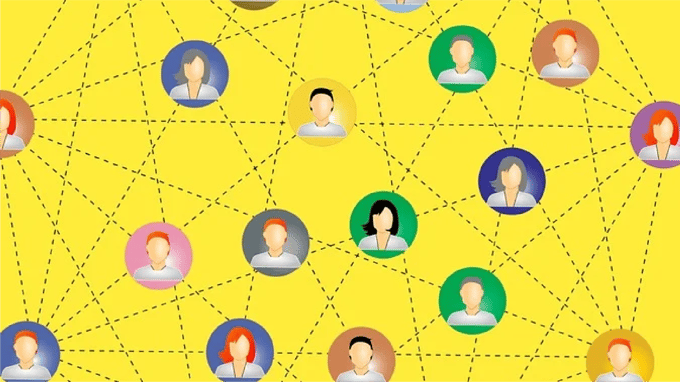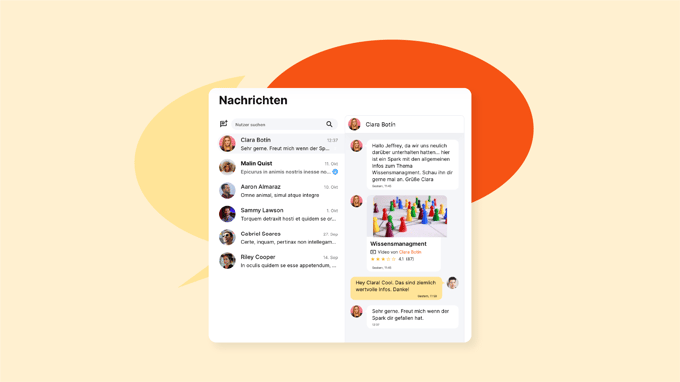U2D Aprenia now also facilitates internal employee communication
U2D Aprenia supports the independent recruitment of know-how by employees in the company. However, this alone does not lead to the desired learning success, especially with complex and demanding topics. In this article you will find out how you can achieve this with the help of our knowledge checks.

Human communication
- you can not communicate
- Every communication has a content and a relationship status
- Communication is always cause and effect
- Human communication uses analogue and digital modalities
- Communication is symmetrical or complementary
Paul Watzlawick, an important Austrian communication scientist of the 20th century, set up these five basic rules (axioms) to describe interpersonal communication.
We humans communicate always and everywhere. Verbal and non-verbal, with our language, gestures, facial expressions or our tone of voice.
Even if we obviously don't communicate, we communicate. We use it to show, for example, that we don't have an opinion, that we don't want to deal with it, or that the topic doesn't interest us.
We convey information in the form of content and thus provide information about our relationship with this information.
Because there is no such thing as 100% objectivity. There are many factors that play a role in what defines us as human beings and how we work together.
The content we convey shows in an unobvious way the relationship we have with information sharing.
Especially when negative relationships are addressed at this level, communication becomes difficult or even disrupted.
Communication can be viewed as a cause-and-effect chain.
If communication is disrupted, the communication partners assume that everyone else has the same information and is being processed in the same way.
The human factor and the level at which the communication partners meet is decisive for a fruitful and positive outcome of a communicative interaction.

Watzlawick proposes four steps:
1. Define (real) problem
2. Examine previous attempts at solutions
3. Define/determine new formulation of goals and solutions
4. Carry out new planning.
communication in the company

U2D Aprenia - The Knowledge Management System
With well thought-out knowledge management in the company, entrepreneurs can gain a decisive advantage over the competition and react quickly, for example if someone from the team drops out and tasks have to be redistributed.
It's better with U2D Aprenia! The Learning Experience Platform (LXP) makes the distributed knowledge of employees accessible to everyone and thus supports effective learning success.
The LXP U2D Aprenia, the intuitive knowledge management system, supports the biggest motivator with the help of modern gamification:
The natural human instinct to play. In contrast to a classic learning management system (LMS), the focus is not on hierarchically structured learning (top-down approach), but on the learner!
The most important business goal is to improve the learning experience.
In order to achieve this strategic goal, the different skills and experiences of learners must be taken into account. Because people have different ways of learning and different levels of knowledge. As a result, there are also considerable differences in knowledge within the company, which means that enormous potential is lost.
With U2D Aprenia we support the transfer of know-how in companies with open learning cultures and offer every type of learning the right format for it. With the modern LXP, each user can independently share knowledge with colleagues in the form of sparks. Employees can also earn recognition by publishing and sharing their knowledge with their managers and other colleagues.
The new news feature

